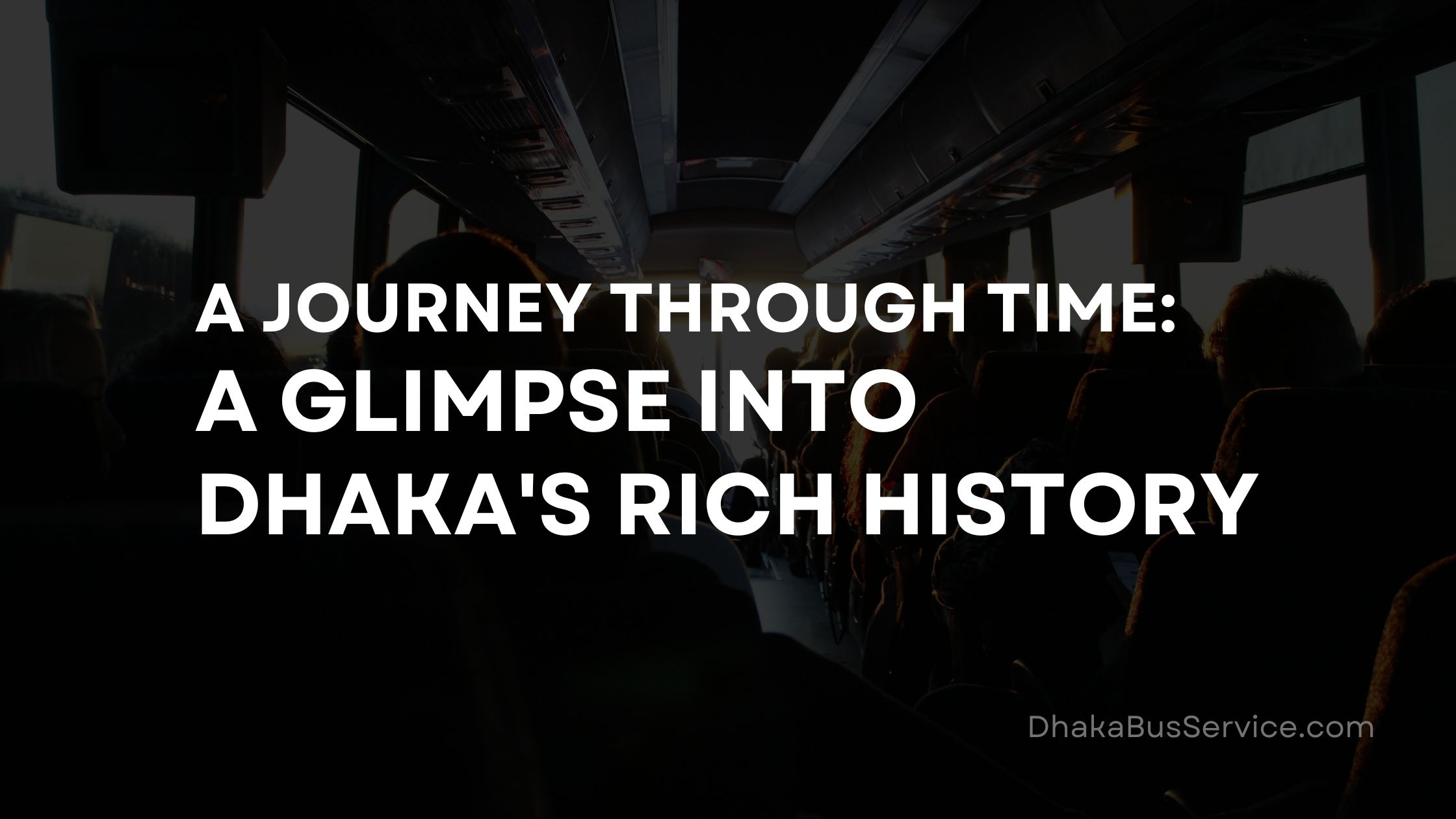
A Glimpse into Dhaka’s Rich History: A Journey Through Time
29 Sep 2024Dhaka, the vibrant capital of Bangladesh, is a city deeply rooted in history, with its origins dating back several centuries. Its transformation from a small trading post to a bustling metropolis reflects its cultural richness and enduring legacy.
Early Beginnings: Dhaka as a Trading Hub
The story of Dhaka can be traced back to the 7th century when it was known as Dhakka, a modest settlement situated along the banks of the Buriganga River. The city’s strategic position along vital trade routes made it a focal point for merchants and travellers. By the 13th century, Dhaka had grown into a flourishing trading hub, attracting traders from across the region.
Mughal Rule: Dhaka’s Golden Era
The 17th century marked the beginning of Dhaka’s golden age, during the rule of the Mughal Empire. It was during this time that Dhaka rose to prominence under the patronage of Mughal rulers. Aurangzeb, one of the most powerful Mughal emperors, declared Dhaka the capital of Bengal, leading to an influx of artisans, scholars, and administrators.
The city’s Mughal heritage is still evident in its architectural marvels. Iconic structures such as Ahsan Manzil, Lalbagh Fort, and the Star Mosque showcase the grandeur and craftsmanship of the Mughal period. These historical landmarks are a testament to Dhaka’s rich cultural and architectural legacy.
British Colonial Period: A Commercial Transformation
During the 18th century, the British East India Company took control of Dhaka, transforming it into a crucial commercial and administrative centre. Under British rule, Dhaka’s urban landscape evolved, with the construction of broad avenues, government buildings, and schools that shaped its modern development.
The colonial era left a lasting influence on Dhaka’s architecture and governance, and it became a thriving centre for trade and industry during British rule.
Dhaka Post-Independence: A City Reborn
After Bangladesh gained independence in 1971, Dhaka faced the challenges of rebuilding itself into a modern city. The post-independence years saw rapid growth, with a surge in population and development. Dhaka expanded its infrastructure significantly, building new roads, bridges, and public transport systems to support its growing population.
Today, Dhaka is a dynamic metropolis, reflecting a perfect blend of its historic past and modern development.
Modern Dhaka: A Cultural and Economic Powerhouse
In contemporary times, Dhaka has become a bustling urban centre, where ancient history coexists with modern progress. Skyscrapers stand alongside historical monuments, while the city’s commercial districts thrive with energy. Dhaka is also a cultural hub, embodying the influences of its diverse past and the vibrant present.
Conclusion
Dhaka’s journey from a small village to a cosmopolitan city is a captivating tale of resilience and evolution. The city’s rich historical heritage, from the Mughal golden age to the British colonial period and its rapid post-independence growth, continues to shape its identity. Dhaka remains a key destination for travellers seeking to explore a city steeped in history and culture, offering a unique glimpse into the heart of Bangladesh.